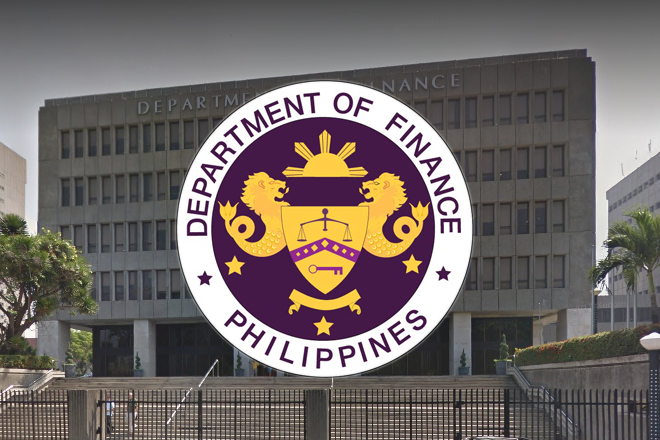Philippines can’t sustain above 6% GDP growth without tax reform: Dominguez
January 16, 2017
The Philippines would be hard put to sustain gross domestic product (GDP) growth above 6 percent without a big infrastructure buildup funded mainly via tax reform, the Department of Finance (DOF) said.
Finance Secretary Carlos Dominguez III said without tax reform, the deficit of three percent of GDP will be breached, leaving the country susceptible to an unsustainable fiscal position, which could lead to a credit rating downgrade that is below investment grade.
“The non-passage of the tax reform package now pending in the Congress will have dire consequences not only on our hard-earned gains in improving our macroeconomic fundamentals but also on the lives of our poor and vulnerable fellow Filipinos,” Dominguez said.
Dominguez said funding the Duterte administration’s infrastructure program by raising sufficient revenues for tax reform, rather than relying primarily on borrowings, is necessary to keep the budget deficit within the manageable level of three percent of GDP beginning 2017.
The incremental revenues estimated to be collected from the first package of the Department of Finance-proposed Comprehensive Tax Reform Program (CTRP), amounting to some P163 billion in 2018, is consistent with the planned increase in the budget deficit from 2.7 percent of GDP in 2016 to 3 percent of GDP from 2017 till the remainder of the Duterte presidency.
He pointed out boosting spending on infrastructure would not only fill the backlog left behind by the previous administrations, but would also create more jobs, which would spur economic growth and help free some six million Filipinos from extreme poverty over the next five years.
“Without the tax reform and the higher infrastructure investment, economic growth will be slower in the coming years, and we will be hard pressed to grow above 6 percent,” he said.
“This can cost the government around P30 billion more in debt servicing. It can also leave the government more vulnerable to fiscal risk as increasing liabilities, such as pensions of uniformed personnel, will be left without funding sources,” Dominguez said.
Infrastructure spending, according to the National Economic and Development Authority, should be increased from 5.4 percent of GDP in 2017 to 7 percent of the GDP in the following years to achieve the country’s vision of reducing poverty and becoming an upper middle income economy by 2022 and close to becoming a high-income one by 2040. DMS
Latest Videos
- THE UNTOLD STORY EXPERT INSIGHTS INTO THE UKRAINE
- NEGOTIATING A NEW ORDER US RUSSIA TALKS ON UKRAIN
- Ukraine: A Pawn in the Geopolitical Game? Will Trump Intervene?
- US VP VANCE CRITICIZES EUROPEAN DEMOCRACIES AT MUNICH SECURITY CONFERENCE
- UNCOVERING THE WEB OF DECEIT: CIA INFILTRATION OF THE MEDIA
- SHIFTING SANDS: TULSI GABBARD’S CONFIRMATION AND THE EVOLVING GLOBAL LANDSCAPE
- FAUCI SCANDAL: A THREAT TO GLOBAL HEALTH AND DEMOCRACY






